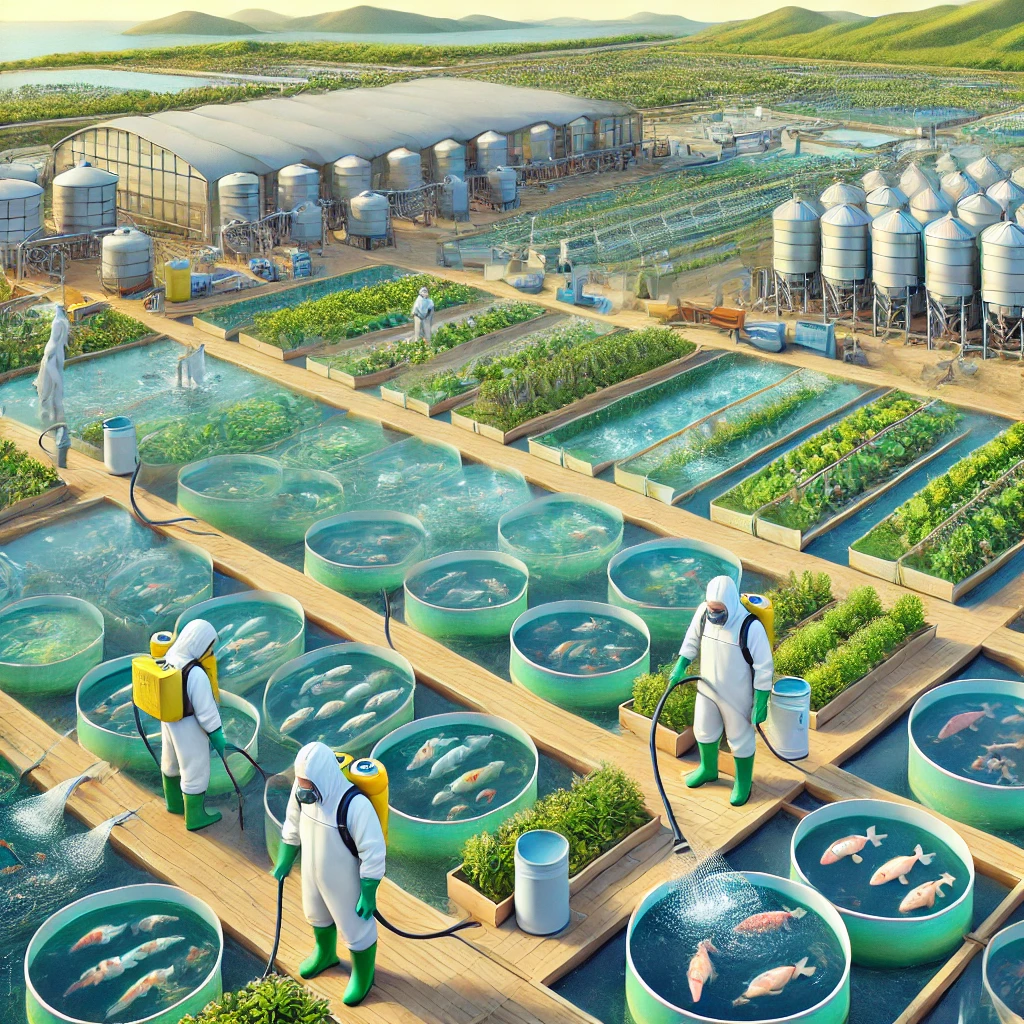Importance of Pest Control in Aquaculture
Pest control in aquaculture systems is essential for maintaining the health of aquatic organisms and ensuring a productive farming environment. Pests, including parasites, algae, and insects, can negatively impact fish health, growth rates, and overall water quality. Effective pest management is crucial for sustainable aquaculture practices.
Common Pests in Aquaculture
In aquaculture systems, common pests include parasites such as sea lice, algae blooms, and insects like midges. Sea lice can attach to fish, causing physical damage and reducing growth rates. Algae blooms can lead to poor water quality and oxygen depletion, while midges can create breeding grounds for other pests.
Integrated Pest Management (IPM) in Aquaculture
Integrated Pest Management (IPM) is a holistic approach to controlling pests in aquaculture systems. IPM involves monitoring and identifying pests, applying appropriate control methods, and ensuring regular maintenance. Biological controls, such as introducing predator species, and physical methods, like using nets to prevent pest entry, are commonly used.
Regulatory Considerations
Regulatory guidelines for pest control in aquaculture systems often require adherence to specific treatment protocols and documentation of pest management practices. Compliance with regulations from bodies such as the Food and Agriculture Organization (FAO) helps ensure that pest control methods do not adversely affect the environment or aquatic life.
Challenges and Innovations
Challenges in aquaculture pest control include the risk of resistance to treatment methods and environmental impact. Innovations such as the development of eco-friendly pesticides, advanced monitoring technologies, and breeding resistant strains of aquatic organisms offer potential solutions. Adopting these innovations can improve pest control effectiveness and sustainability.
Conclusion
Effective pest control in aquaculture systems is critical for maintaining the health of aquatic organisms and ensuring environmental sustainability. By employing IPM strategies, adhering to regulatory guidelines, and addressing challenges with innovative solutions, aquaculture operations can achieve optimal pest management and enhance overall productivity.

